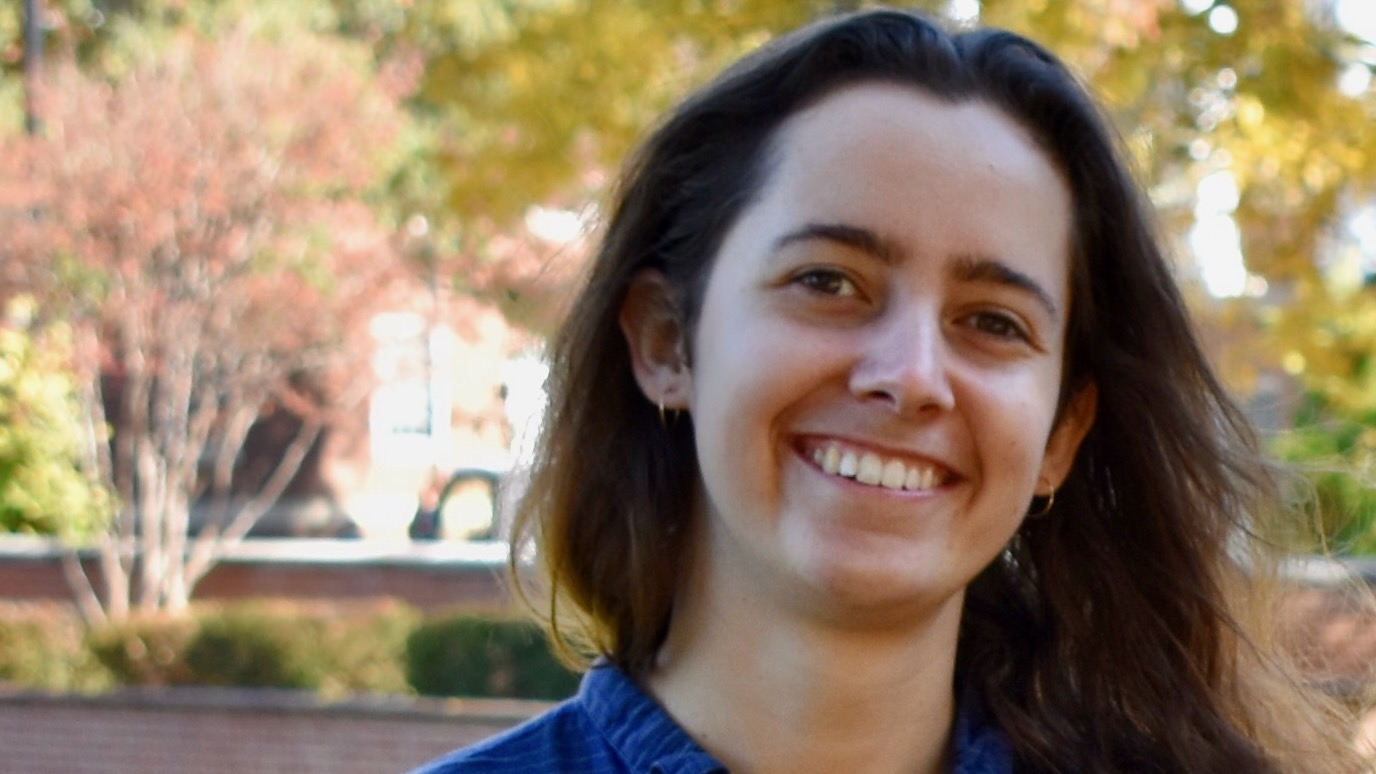Kate and Lydia at AMP
September 24, 2025

On the similarity of consonants and the specialness of phonology.
September 25-27, Kate Mooney and Lydia Quevedo are in Berkeley, California, for the Annual Meeting on Phonology. Kate is giving an invited plenary talk titled "Segmental phonology, gestural phonetics," abstracted below, and Lydia has a talk on "Evaluating dimensions of consonant similarity."
Phonological alternations are often morphologically restricted. In previous work, a common strategy has been to give some lexical items a diacritic feature, which plucks out these items and forces a morphophonological alternation to manifest (e.g. Chomsky 1968: 138, Lieber 1980: 64). In Optimality Theory, this strategy takes the form of relativizing constraints to morphological structure, via constraint indices (e.g. Pater 2000) or cyclic re-ranking (e.g. Inkelas et al. 1996).
All of these theories assume that phonology is uniform in the sense that phonotactically general and morphologically restricted alternations are not substantively different. Any differences we observe between these kinds of alternations should be attributed to their timing/order.
In this talk, I argue that this assumption of phonological uniformity is incorrect. When we examine morphologically restricted and general phonology side by side, typological gaps show that there are significant asymmetries between them. In particular, some types of alternations only occur with morphological restrictions, never in general phonology. Consonant epenthesis provides such a case, in which consonant copy epenthesis and epenthesis of voiceless obstruents (like [t]) only occur in morphologically-restricted patterns. I make the case for rejecting phonological uniformity, and explore some non-uniform architectures that offer a more explanatory perspective of the typology.

